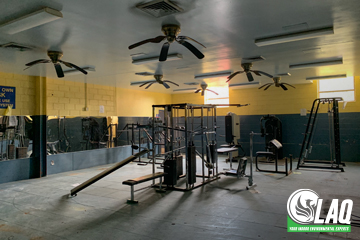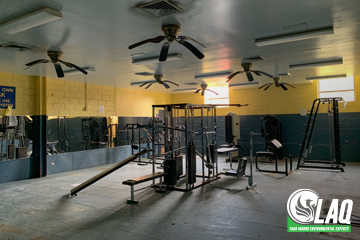

Working from home may have been, for many, both a blessing and a curse, depending on your workflow and general office-related preferences.
But after several months of embracing the ability to kick your feet back and methodically cross off your to-do list from the comfort of your couch (and pajamas), have you taken a moment to consider the toll the COVID-19 closure may have had on your building’s HVAC System?
Regardless as to whether your office’s air quality has surfaced in your mind in recent weeks, the best time to take action is now. Here is what you need to know:
How Closures Impact Your HVAC System
Your first thought with regard to turning off the office HVAC might simply be that of dollars and cents. After all, who doesn’t like to save money on energy bills? The problem, however, is that moisture intrusion and lack of air circulation may actually cost you more money in the long run, seeing as the aforementioned two often invite an unwelcome guest into your system.
“Building heating, ventilation, and air-conditioning (HVAC) systems are designed to operate under a heat load produced by people, computers, lights, and other activities,” the American Industrial Hygiene Association has specified in its newest guide to recovering from COVID-19 building closures. “People working from home and other altered occupancy patterns reduce a building’s heat load, which can affect an HVAC system’s ability to control relative humidity levels, creating conditions for possible mold and moisture damage to occur.”
In laymen’s terms, the combination of “fewer people” with “altered indoor air temperature” over an extended period of time can equate to rapid mold growth and moisture intrusion.
HVAC Hazards and How to Manage Mold
First things first in terms of mitigating mold exposure: Don’t immediately turn on the HVAC system upon your return.
The Environmental Protection Agency (EPA) has affirmed that, by turning on an HVAC suspected to be contaminated by mold growth, the only thing you’ll accomplish is spreading present spores even further throughout the building.
What then, should you do?
Primarily, you’ll want to have the whole system professionally inspected prior to initiating a full reopening process. The Centers for Disease Control (CDC) recommends not only having your HVAC system inspected regularly to help to offset further growth but also drying damp or flooded surfaces/areas immediately.
Additionally, you’ll want to rid yourself of any other building structures or fixtures that appear to have suffered water damage, as they can perpetuate the problem over time, even if they are not located directly in your HVAC system.
Calling For Caution … and Help
Finally, the most important piece of advice we can give you is to call your professional indoor environmental experts for help.
“Mold remediation involving a heating, ventilation and air conditioning (HVAC) system should be done only by professionals experienced in working with HVAC systems,” according to the EPA.
But the same goes for inspections, and that’s why Luce Air Quality is the team best-suited to help you find solutions you can trust! With over 11 years of experience in the restoration and remediation industry, we are committed to keeping you, your property, and the people around you safe. To learn more, contact us today by calling (904) 803-1014 or emailing info@luceairquality.com!


